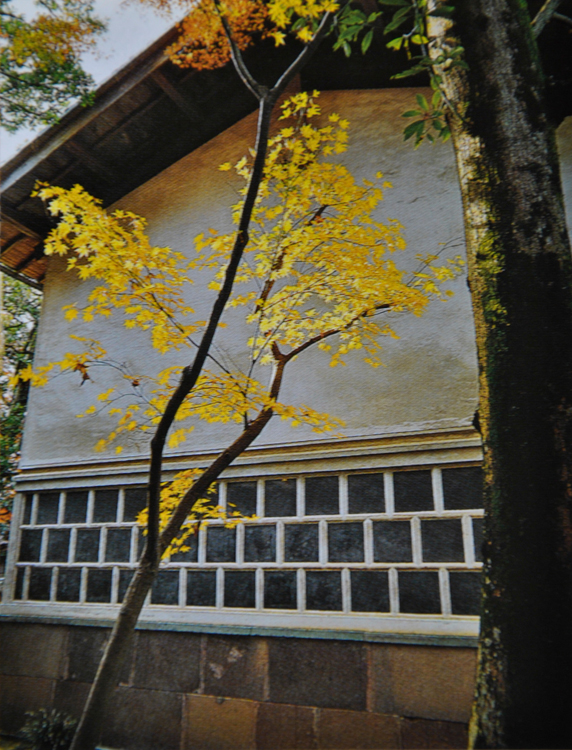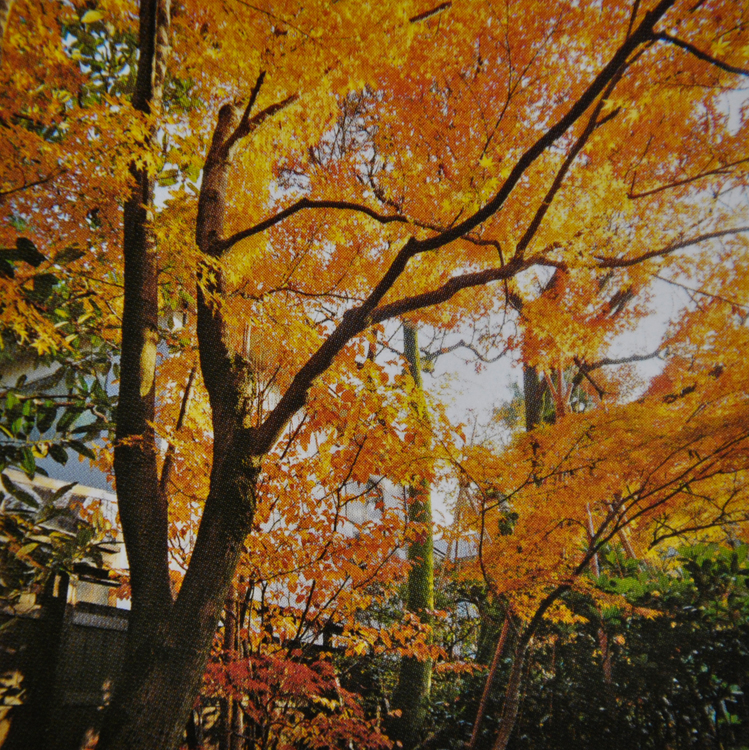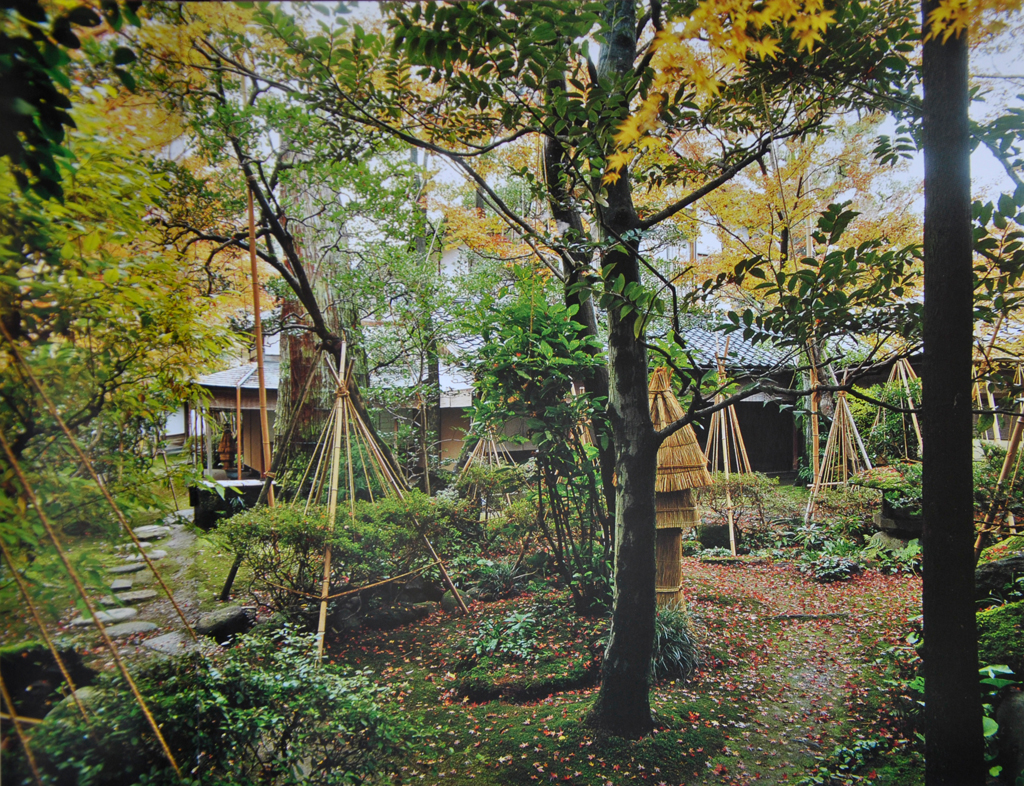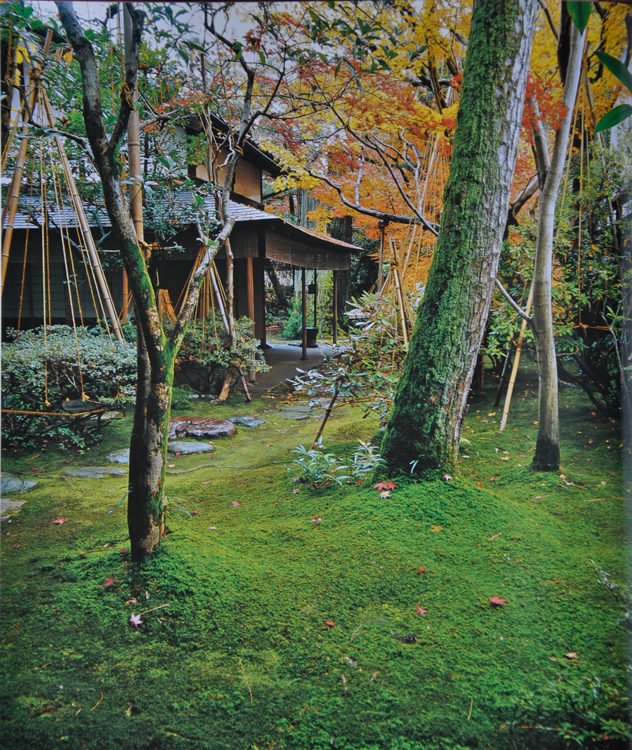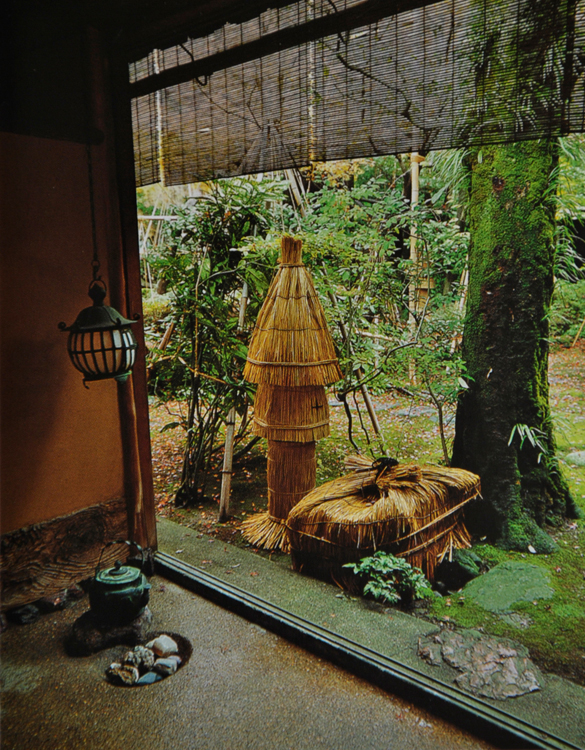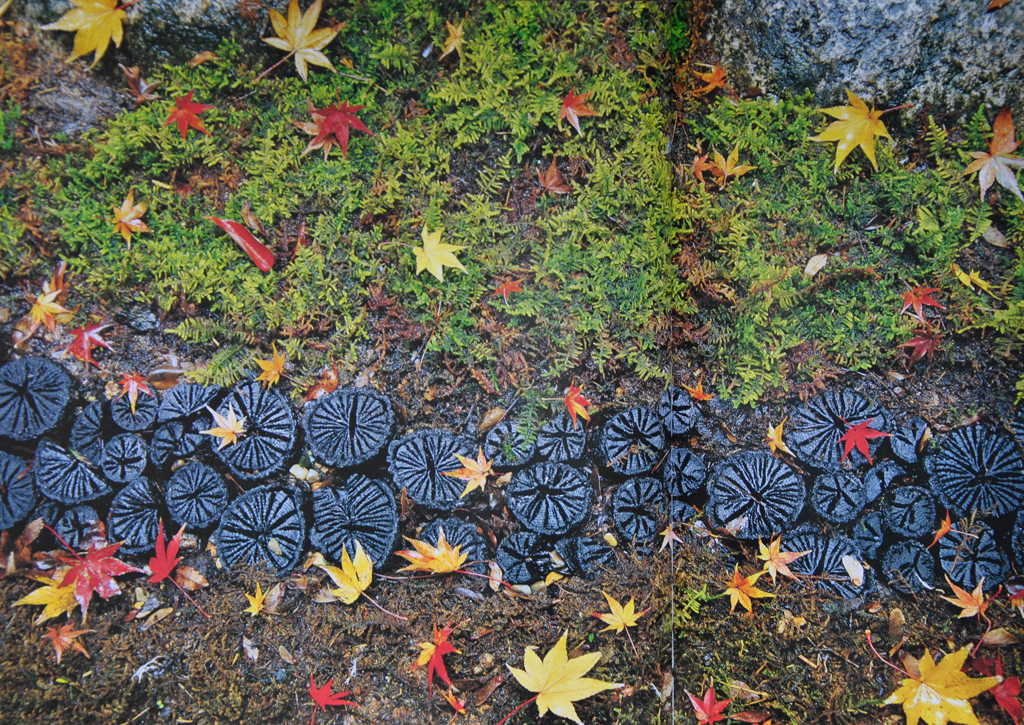
Mimou House
NonoichiMimou House and its garden are located in the town of Nonoichi, near Kanazawa. A wealthy town known for its refined arts since the Edo period, Nonoichi was the castle town of the Togashi family about 500 years before Kanazawa castle was built by the influential Mimou family in 1870 and has been in the same ownership ever since. This family traces its origin to Togashi’s chief retainer who lived here from 1587 onwards. The family’s ancestors include a village chief, several landlords, teachers, and other people of cultural renown. The house is now owned by the eighteenth-generation descendant of the family, Mrs. Michiko Mimou. Michiko is a remarkable woman in her eighties who is a teacher of the tea ceremony and has infused everything in the house with her refined and yet playful aesthetics. Her son’s family also lives with her, and her daughter-in-law assists Michiko in her work.
The house is entered through a tiled roof timber gate set in an imposing exterior wall that was typical of homes located along the old thoroughfare that connected Kanazawa to Edo and Kyoto. Upon entering this gate, one is greeted with the lush foliage of the garden and intensely green moss. From here, stepping stones lead to the tea arbor portion of the house that is used for tea ceremonies and for entertaining visitors.
The garden of this house is understated but elegant, with undulating ground, a small dry stream and a pond. A hill with large cedar trees previously existed on the far end of the garden, but was leveled to make space for a storehouse. The garden still has several older trees with trunks of over a meter in diameter. Michiko smiles as she talks about one stump of an old dead tree that has a new trunk growing out of it. Toshitune Maeda (the third lord of the domain of Kaga) is said to have hitched his horse to this tree in 1616 when he rested at this house on his way to a hawk-hunting trip. Michiko says that if these trees could speak that would have many historic stories to tell, but that would make the garden too noisy.
There are nearly 100 varieties of moss that grow in this garden, with haigoke and sugi-goke predominating. Michiko’s daughter-in-law weeds the moss every day to maintain its soft blanket-like appearance.
A unique feature of the homes and gardens in the northern part of Japan is the packet earth area between the interior and exterior called the doma, located under the eaves just outside and parallel to the engawa porch. The doma and engawa are provided with removable shutters on either side, so that these spaces can be opened or closed to the garden or the inner living areas. The doma in this house is approximately two meters wide. Located at the same level as the garden, it includes elements of the garden such as the stone lanterns and stepping stones. This brings a feeling of the garden to the indoors during the cold winter months when the amado shutters shut out the snow-covered garden outside.
Mr. Kawana, the gardener for Mrs. Mimou, has worked here for over ten years. He trims evergreen trees before the rainy season and the deciduous trees in summer while their new growth is soft and can be easily removed. He nurtures trees carefully into natural “flowing” forms. Before the snow season, he constructs yuki zuri rope umbrellas over certain trees to prevent damage to the boughs. Stone lanterns are also protected by specially shaped straw covers to prevent cracking due to freezing, a beautiful and practical custom typical of the Kanazawa area.
The dozo storehouse at the far end of the garden was built in 1869 during the Meiji period and provides a picturesque backdrop to the garden. The lower part of this storehouse is made up of a namako style wall with black square tiles set in white raised shikkui plaster made from lime, seaweed, and hemp fiber. The lime mixture was used to render the walls waterproof and fireproof. Such walls get their name from namako (sea cucumbers) that the raised shikkui plaster is supposed to resemble. This storehouse is the oldest building on the Mimou property, since the main house was rebuilt a year later, and the Shika-no-ma (Room of the Deer) tea house was added during the Taisho period.
The garden and the house are integrated in a way that is a special feature of Japanese architecture. Each compliments the other’s beauty and provides a living space that is deeply satisfying to Michiko. As she shows her garden to visitors, she speaks softly of the sounds of birds and her memories of certain plants, making time more slowly, until a feeling of deep peace envelopes the visitors, a beautiful reflection of years of practicing the art of the tea ceremony in a beautiful garden.
anshin©2011All rights reserved. When using the materials of the site, reference is obligatory.
Proposals for co-operation, as well as comments and suggestions on the site please send to the address: anshin-sad@mail.rutel: +7 (965) 121-80-60, 10am-20pm


